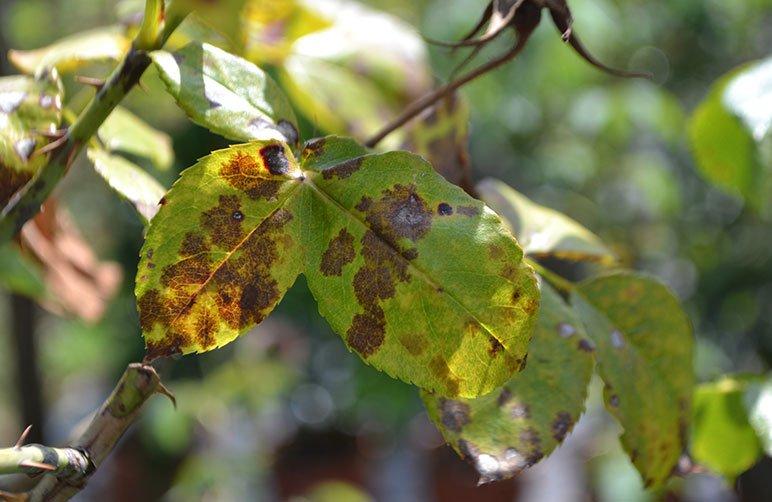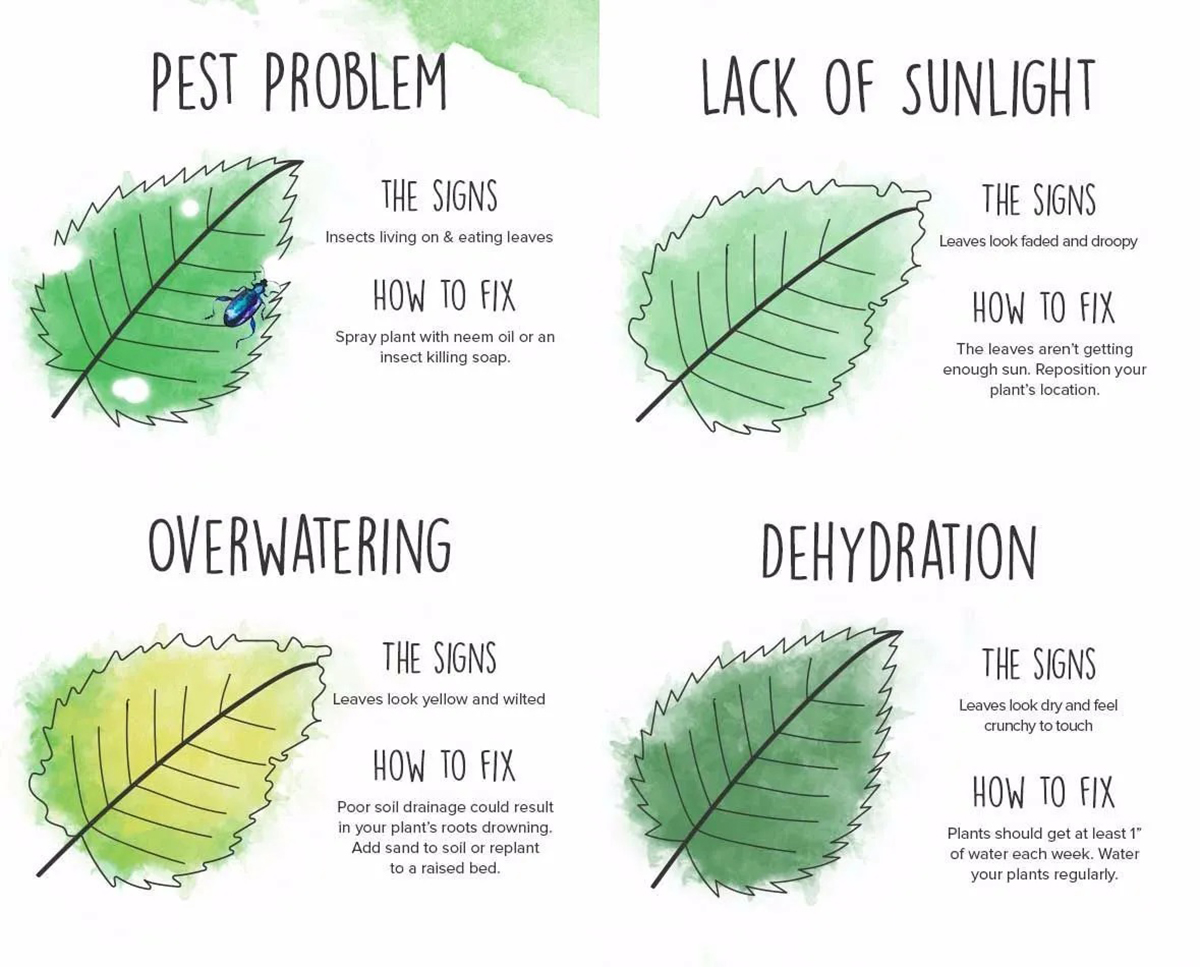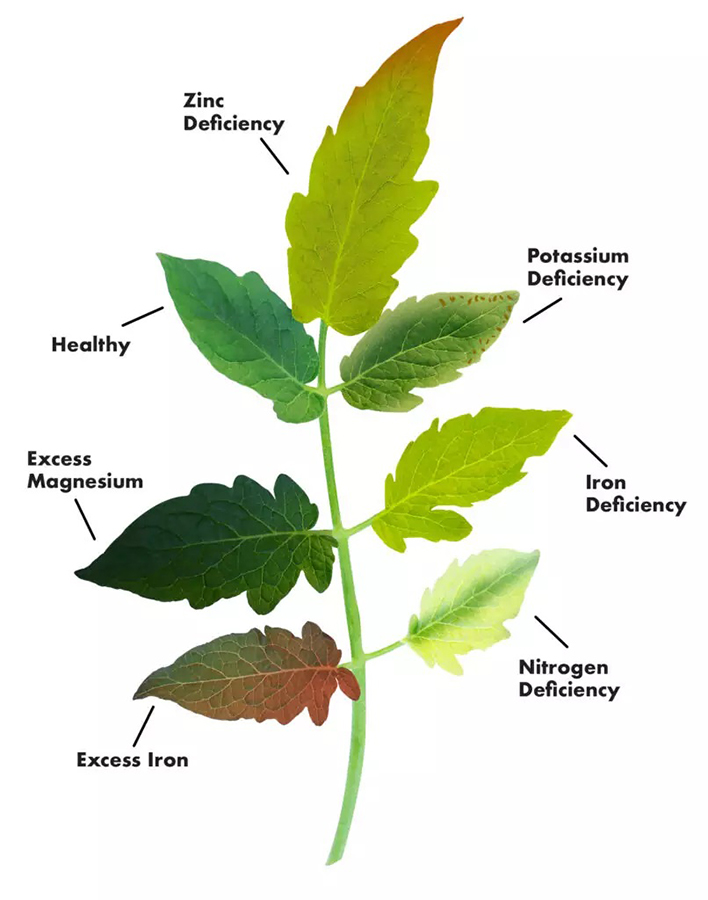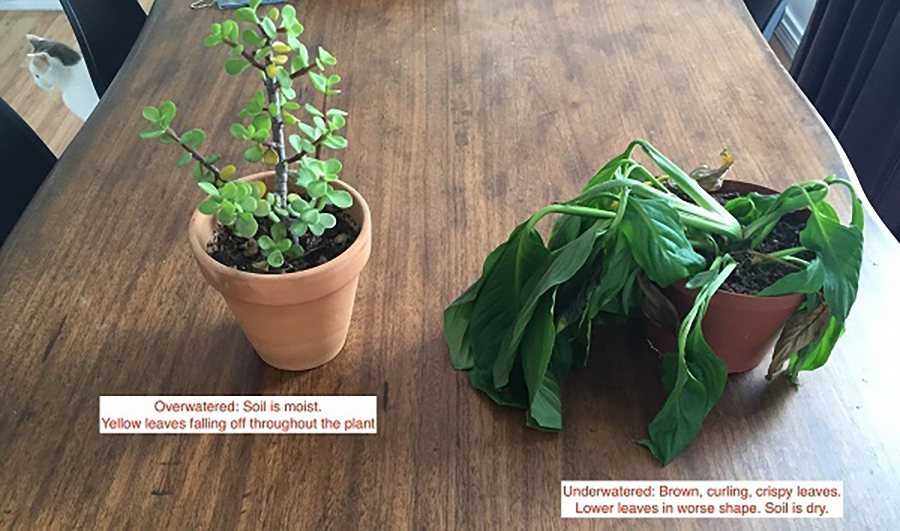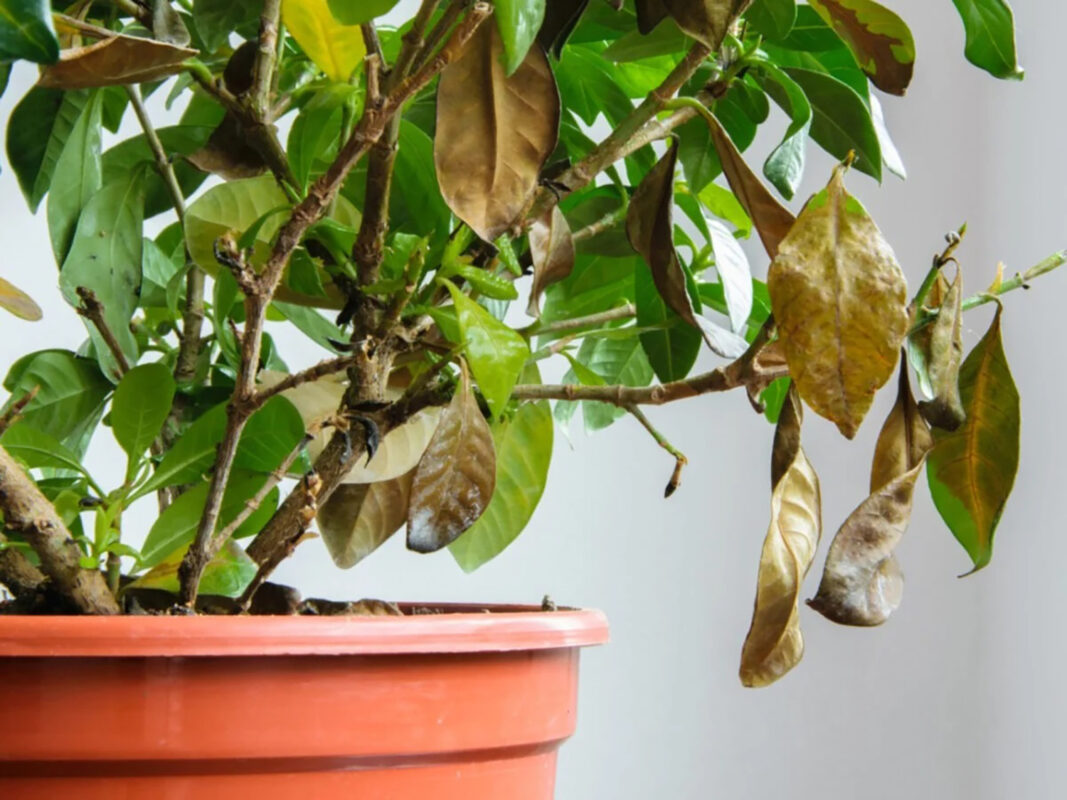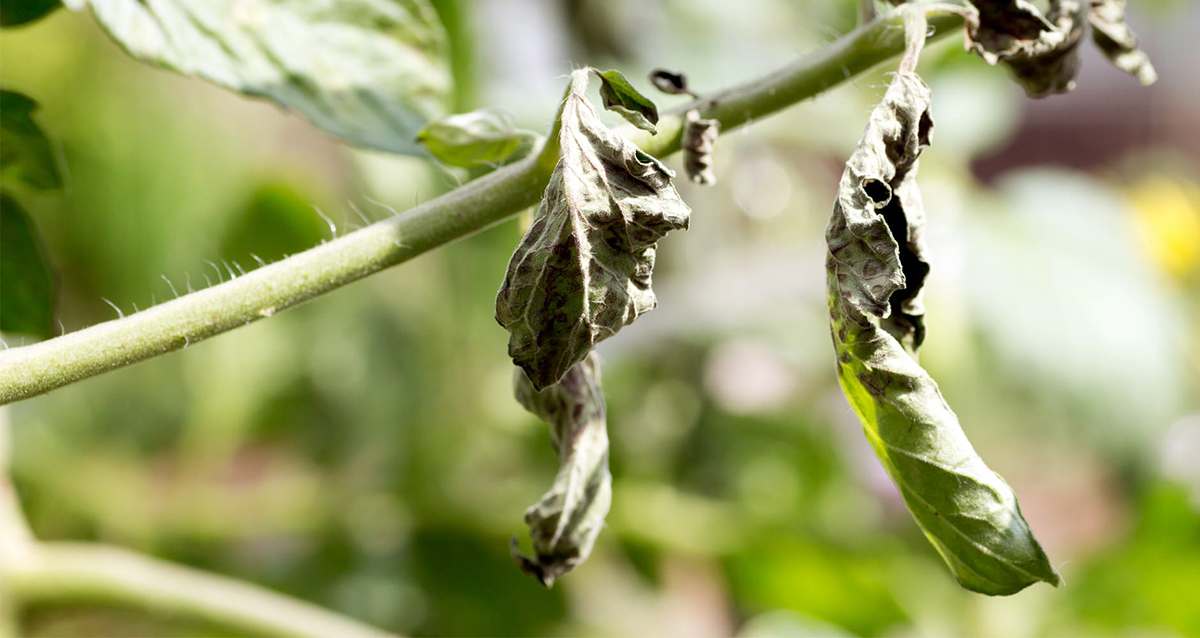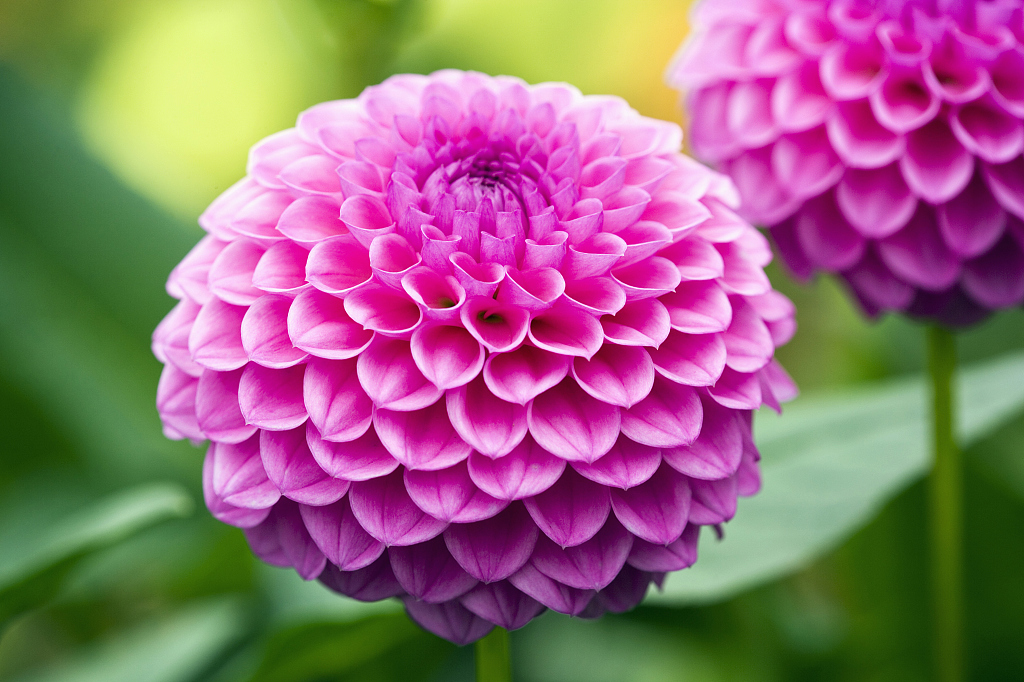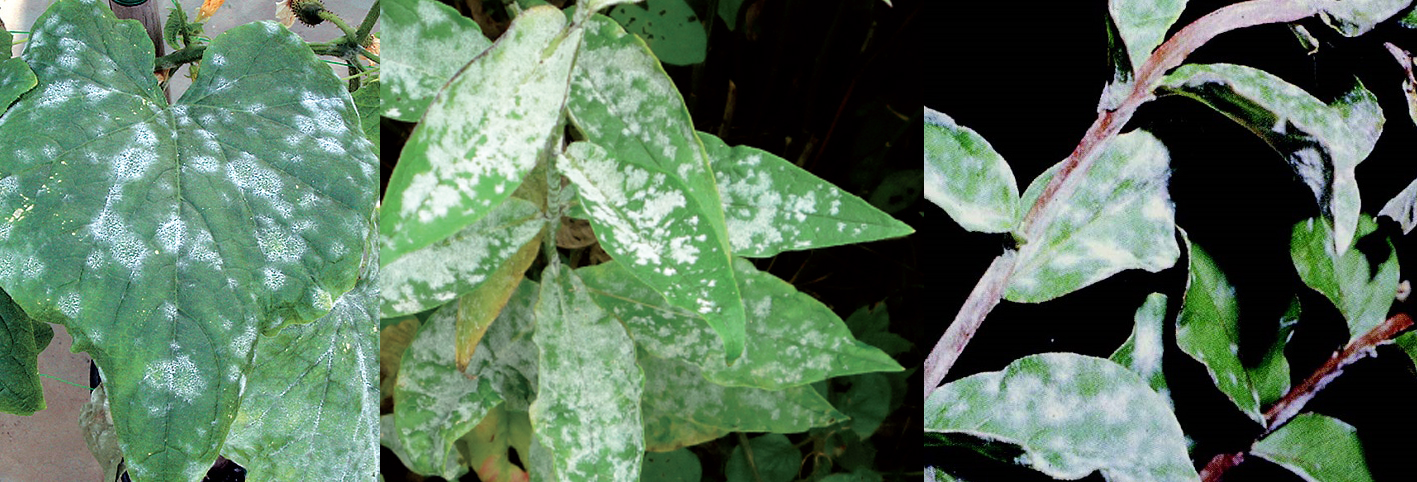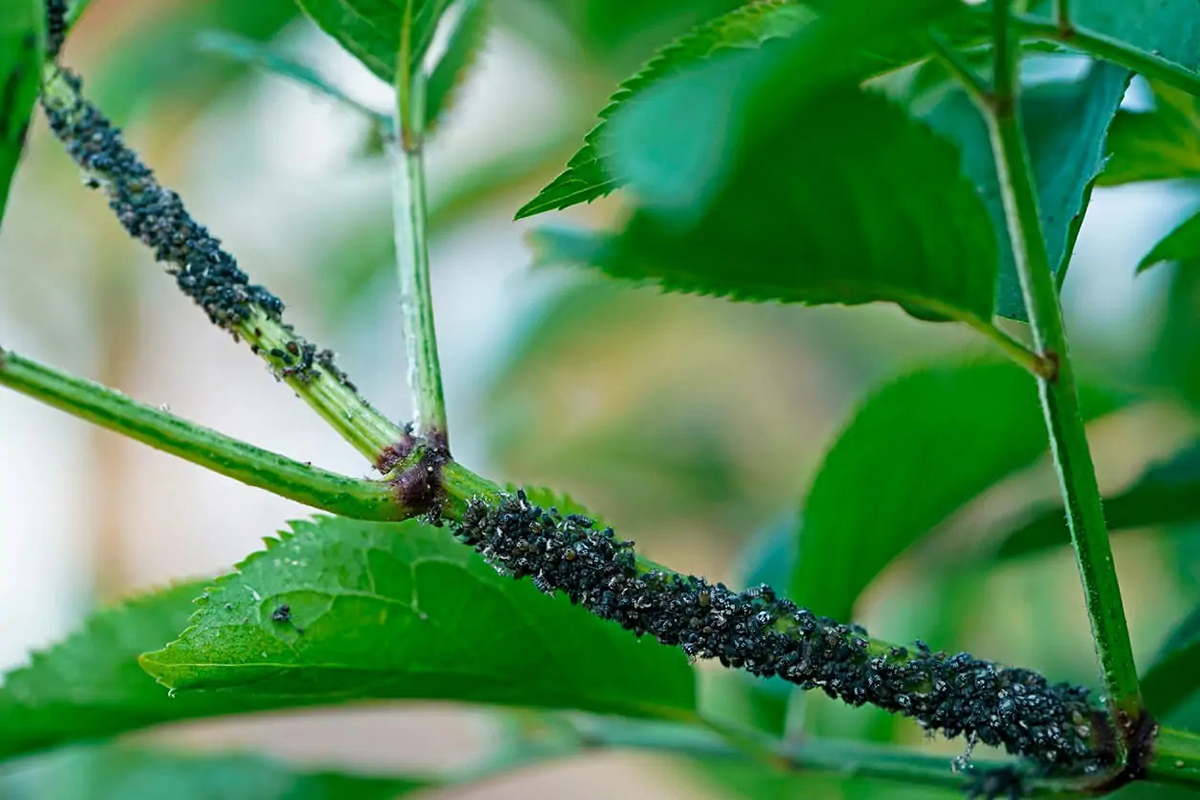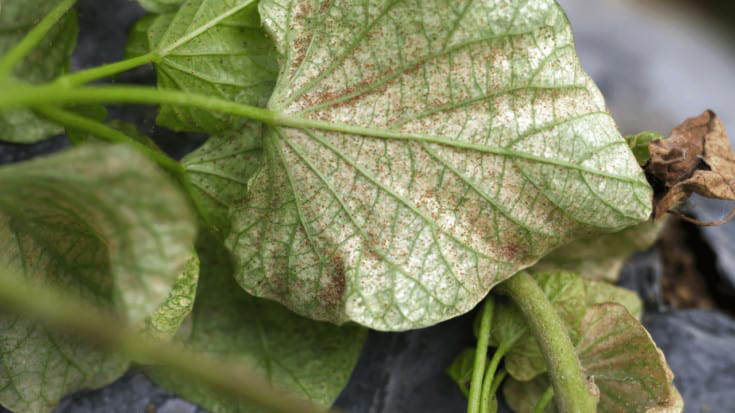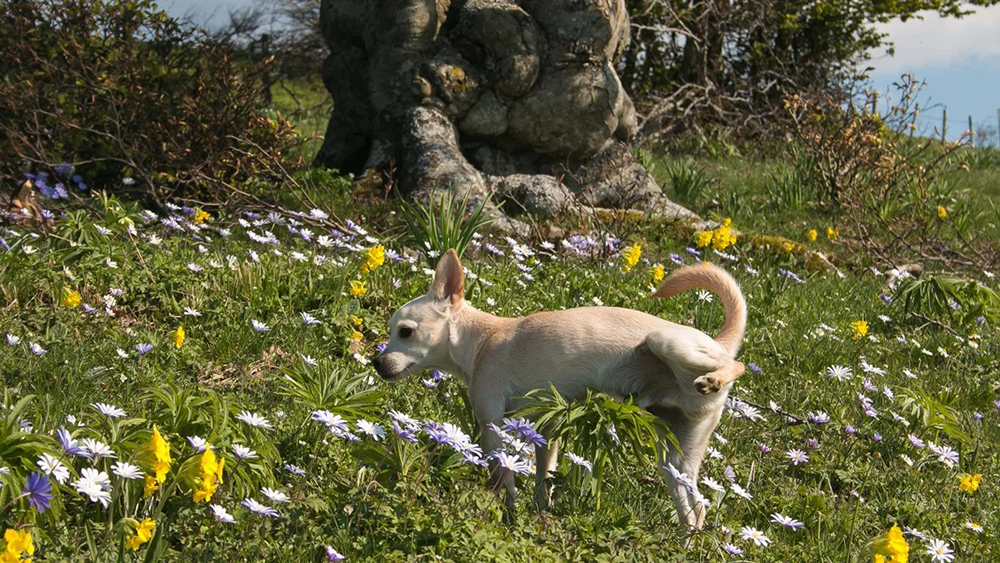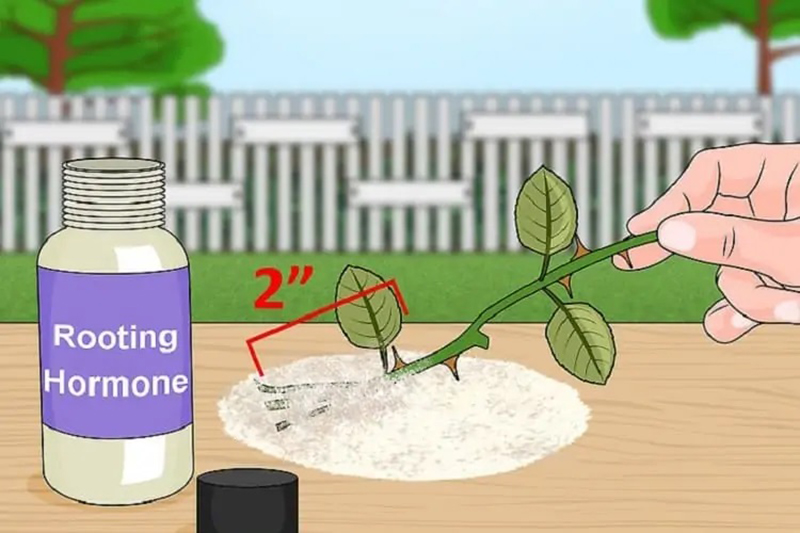HOW TO SAVE A PLANT?
Assuming that in nature plants live very well without us, it may happen that they don’t look good in our garden or in our pot. That doesn’t necessarily mean it’s our fault. A prime example is plants bought at the supermarket. These plants have usually been treated with a lot of growth hormones so they are over stimulated to provide flowering and a healthy appearance for a short time. After the effect of the hormones, which pumped up the plant but also forced it to overwork, the plant dies of fatigue and there is little (but there is something) that can be done about it. We will see later. For now let’s deal with more common cases.
HOW TO SAVE A POTTED PLANT? HOW TO SAVE A PLANT IN THE GARDEN?
Be patient. In this article we will talk about plants in the garden and potted plants together. The roots of the problem (nice joke) are often the same so problems can be addressed in parallel.
How many times have we been faced with a sad plant. The low or spotted leaves, the unnatural colour, of the dry areas.
The cases in which we could find ourselves are few: too much water, too little water, diseases and more or less large animals (from mites to mammals) and non-parasitic diseases.
HOW TO SAVE A PLANT WITH TOO MUCH WATER?
If we talk about the garden or the vase, the question does not change. How is it that if it rains a lot we don’t talk about too much water? How is it that some people recommend wetting potted plants under tap water?
When we talk about too much water we mean stagnant water. So it does not matter if a lot of water flows into the earthen ball of the plant, the important thing is that this water is disposed of and does not remain as a small basin under the roots. This problem can happen in the vase but also in the ground.
If the problem occurs in the garden it may mean that the type of soil is difficult for drainage (go read the article HOW TO UNDERSTAND THE COMPOSITION OF A SOIL) and therefore it must be corrected.
If the problem occurs in the pot, the repotting was probably not done properly (go read the article HOW TO REPOTS A PLANT) and it needs to be repotted.
BUT HOW TO KNOW IF THE PROBLEM IS TOO MUCH WATER?
The secret is observation and it will be the same for the subsequent problems.
If the leaves are green but soft or are drooping and looking yellowish green then too much water could be the problem. However, the color must be uniform or very nuanced because if there are spots it is not this.
The solution to this problem, if the plant is in a pot, is to control repotting, so you are forced to follow the instructions in the article I mentioned above HOW TO REPOTS A PLANT.
If the plant is in the ground, it is likely that you already know about the soil problem because you were told by the gardener during the garden planting phase. If you haven’t solved the problem then, out of the belief that it was an unimportant matter, you will have to do it yourself or get it done now.
It is possible to get around this by introducing plants that like moist soil, but it will greatly reduce the range of plants you will have to choose and become a garden style choice that you may not want to make. However, humid does not mean wet, so it also depends on the seriousness of the situation.
HOW TO SAVE A PLANT IF THE WATER IS TOO LITTLE?
Let’s look at the plant. Does it have leaves or dry patches? Are some of the leaves brown in color and are hard to the touch and do they break in your hand? Then perhaps the plant is suffering from thirst.
Surely you have noticed many of your plants in the garden in these conditions this summer. The municipalities have invited not to waste water to wet the garden and you have complied with the rules.
This observation is always valid in the world of pots, while for plants on the ground the reason for dry areas could be another.
If the problem is in the pot, simply put a memo on your phone every week (in summer) and every 15 days (in winter) to water the plants or, if on the balcony or terrace, I recommend installing an irrigation system. The cost, including the battery-operated control unit, is around 50/70 euros if you do it yourself and around 150 euros if you have it done. Soon we will make an article on how to design an irrigation system of this type so that you can then decide whether to make it yourself or let you do it.
If the problem is in the garden and concerns only one plant, the problem could be that you have planted a plant with certain needs in the wrong position. For example, you may have placed a Hydrangea in full sun when this type of plant requires half a day of sun and half a day of shade and so if it went well, and there are no sunburns, it is always just very thirsty.
HOW TO SAVE A PLANT TO RESPECT FENG SHUI?
In summary, the first thing you need to do with a thirsty plant in the garden is to check the characteristics and needs of that plant on the internet or in your books and check if it is in the right position. If it isn’t, move it or eliminate it because it will always be in pain in that position. Then, as usual, it depends on the seriousness of the situation but remember what feng shui says (if you want, read the article “INTRODUCTION TO FENG SHUI“): the energies must move harmoniously through the garden and a suffering plant is not good in this sense . The healthier the plants are, the more beautiful the energy will be and we too will be fine.
The problem could also be other than lack of water. We will see it below.
WHAT IF I SEE STAINS ON THE LEAVES?
If water is not a problem and the leaves look unnaturally shaped, it is a fungal disease or small animals.
What is meant by unnatural shape? A deformation.
The peach bubble frequent on Laurus cerasus (cherry laurel) hedges is an example. Rose scab, virosis, snow sickness, insects.
For these problems it is advisable to have a reference book. I recommend “I nemici delle piante da fiore e da ornamento” di Giorgio Oelker Edizioni Agricole. Here you will also find all the problems related to non-parasitic diseases such as light, temperature, water, mineral salts, the atmosphere, pesticides and physiological diseases.
Once the problem has been identified, the solution is simple because just go and buy the product, dilute it with water in the indicated doses and spray it on the plants, making sure it is not about to rain (a couple of days without rain would be necessary) and that any animals that you have at home do not go out into the garden because these products are often poisonous to them.
LARGE ANIMALS (LARGER THAN AN INSECT)
Sometimes it happens that the problem of a plant is our dog or our cat.
In fact, pee can be a problem for the plant due to the nitrates contained which kill the roots. You may see a portion of the plant on the pee side that has dried out. In this case you will have to use some dissuaders at that point, even natural ones such as planting thorny seedlings around or spraying the lower trunk with water and pepper and try to see if the issue is resolved. It will take a long time and you should eliminate the dry part (only the leaves or needles if it is a conifer) so as to see the possible rebirth of the new parts.
THE SECRET OF THE GARDEN WORLD
At the beginning we mentioned plants bought at the supermarket. In fact this thing can also happen in other situations and with other purchases, perhaps of plants that are paid dearly or to which we are linked because they are given to us and sick because they are subjected to an effort regardless of the seller from whom we got them.
When we have established by exclusion that the cause of the disease is not one of those listed above, we can act with the “growth hormone”.
It is a white powder also sold on the internet in sachets.
This powder takes effect if in direct contact with the roots so, speaking of plants in the garden, to perform the technique described below, part of the roots will have to be dug out.
It is used like this:
the roots of the plant are freed from the earth and cleaned as much as possible. The sachet is opened and a little powder is placed on a saucer. They are passed over the previously wet roots so that the powder creates a patina over all the roots.
The plant is repotted and not abundantly wet.
Be careful in handling this powder. Stay away from animals, children and also your eyes and mouth. Wash yourself and wash everything well after the maneuver.
the garden world advice
Even if the municipal indications invite you not to water the garden, dedicate a few buckets of water (preferably in the evening) to essences such as bushes and plants every week: after all, they are part of the family!
Now on horseback! Work awaits us! Our new wonderful outdoor space is about to be born!
GOOD WORK and … if you have any questions please write to info@mondodelgiardino.com
Image sources: thanks for the plant with mites oleomac.it; for plants with sunburn ourmidland.com and plantforbeginners.com; for citrus fruit with aphids romagiardini.it; for tomato with little water farmeralmanac.com; for Lagestroemia, phlox and a vegetable with mildew ilgermogliocoop.it,passioneinverde.edagricole.it and fuoridiverde.it; for Dahlia news.cgtn.com; for plant with mites plantophiles.com; for the plant with aphids kellogggarden.com; for the diseased plant casaegiardino.it; for the rose with scab farmagricolaweb.com; for the dog peeing on the lawn backpacker.com; for plant problems seedtocrop.net; for tomato problems hyper-logic.com and for too much and too little wet plants wiki.nurserylive.com; for how to use hormones urbanorganicyield.com.

